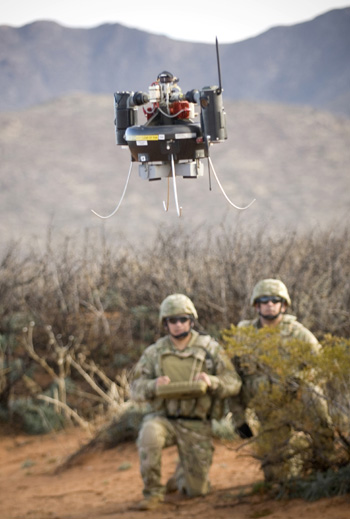
Moderators: Elvis, DrVolin, Jeff

July 22, 2008
Does DNA Have Telepathic Properties?-A Galaxy Classic
DNA has been found to have a bizarre ability to put itself together, even at a distance, when according to known science it shouldn't be able to. Explanation: None, at least not yet.
Scientists are reporting evidence that contrary to our current beliefs about what is possible, intact double-stranded DNA has the “amazing” ability to recognize similarities in other DNA strands from a distance. Somehow they are able to identify one another, and the tiny bits of genetic material tend to congregate with similar DNA. The recognition of similar sequences in DNA’s chemical subunits, occurs in a way unrecognized by science. There is no known reason why the DNA is able to combine the way it does, and from a current theoretical standpoint this feat should be chemically impossible.
Even so, the research published in ACS’ Journal of Physical Chemistry B, shows very clearly that homology recognition between sequences of several hundred nucleotides occurs without physical contact or presence of proteins. Double helixes of DNA can recognize matching molecules from a distance and then gather together, all seemingly without help from any other molecules or chemical signals.
In the study, scientists observed the behavior of fluorescently tagged DNA strands placed in water that contained no proteins or other material that could interfere with the experiment. Strands with identical nucleotide sequences were about twice as likely to gather together as DNA strands with different sequences. No one knows how individual DNA strands could possibly be communicating in this way, yet somehow they do. The “telepathic” effect is a source of wonder and amazement for scientists.
“Amazingly, the forces responsible for the sequence recognition can reach across more than one nanometer of water separating the surfaces of the nearest neighbor DNA,” said the authors Geoff S. Baldwin, Sergey Leikin, John M. Seddon, and Alexei A. Kornyshev and colleagues.
This recognition effect may help increase the accuracy and efficiency of the homologous recombination of genes, which is a process responsible for DNA repair, evolution, and genetic diversity. The new findings may also shed light on ways to avoid recombination errors, which are factors in cancer, aging, and other health issues.

By the 2030s, Kurzweil said, humans will become more non-biological than biological, capable of uploading our minds onto the Internet, living in various virtual worlds and even avoiding aging and evading death.
In the 2040s, Kurzweil predicts that non-biological intelligence will be billions of times better than the biological intelligence humans have today, possibly rendering our present brains obsolete.
§ê¢rꆧ wrote:Terence questions what we think of intelligence, and suggests we are already living in a machine-human symbiosis.
Flying cars? Do you want drunk drivers crashing into your house? I don't think it is the state of tech holding back the dream of flying cars, just the insanity of coordinating it, regulating it, insuring it, ad nauseum...


Users browsing this forum: No registered users and 4 guests